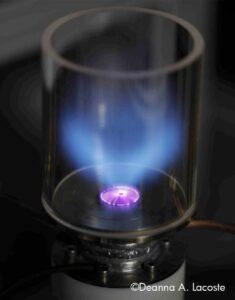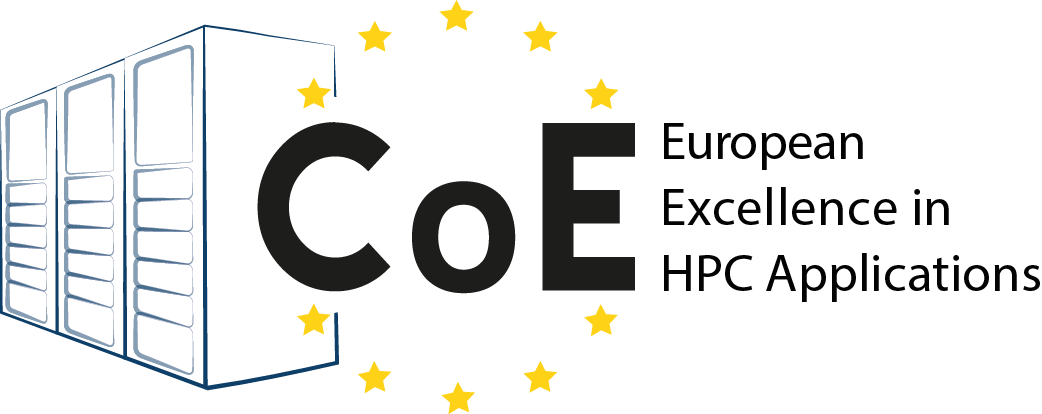Plasma assisted combustion
Short description
Plasma-assisted combustion has recently gained renewed interest in the context of lean burning. Although lean combustion reduces the burn gas temperature and CO/CO2 content it leads, however, to less stable flames, and more difficult ignition. Short plasma discharges may counteract these effects, at a very low additional energy cost. In particular, Nanosecond Repetitively Pulse (NRP) plasma discharges have been proven to be efficient actuators to alter flame dynamics and facilitate flame stabilization while modifying the burning velocity. First studies on the impact of NRP discharges on combustion focused on kinetic mechanisms and gas heating processes. Different models have been developed in 0D, but no kinetic scheme for plasma-assisted combustion has been proposed so far. More recently 1D and 2D simulations have been conducted. Very few studies included a self-consistent simulation of the NRP discharge for combustion applications, although it was shown that thermal and chemical effects of the NRP discharge on ignition are of the same order. Because of their high computational cost, detailed simulations of 3D real cases have never been performed and only simplified formulations for the plasma effects have been used.
Objectives
The application of plasma in combustion simulations provides an unprecedented opportunity for combustion and emission control thanks to its capability to produce heat, active radical species and modify the transport properties of the mixture. This demonstrator is focused on the study of plasma-assisted combustion by Nanosecond Repetitively Pulsed (NRP) discharges in order to control the formation of combustion instabilities and pollutant formation.


